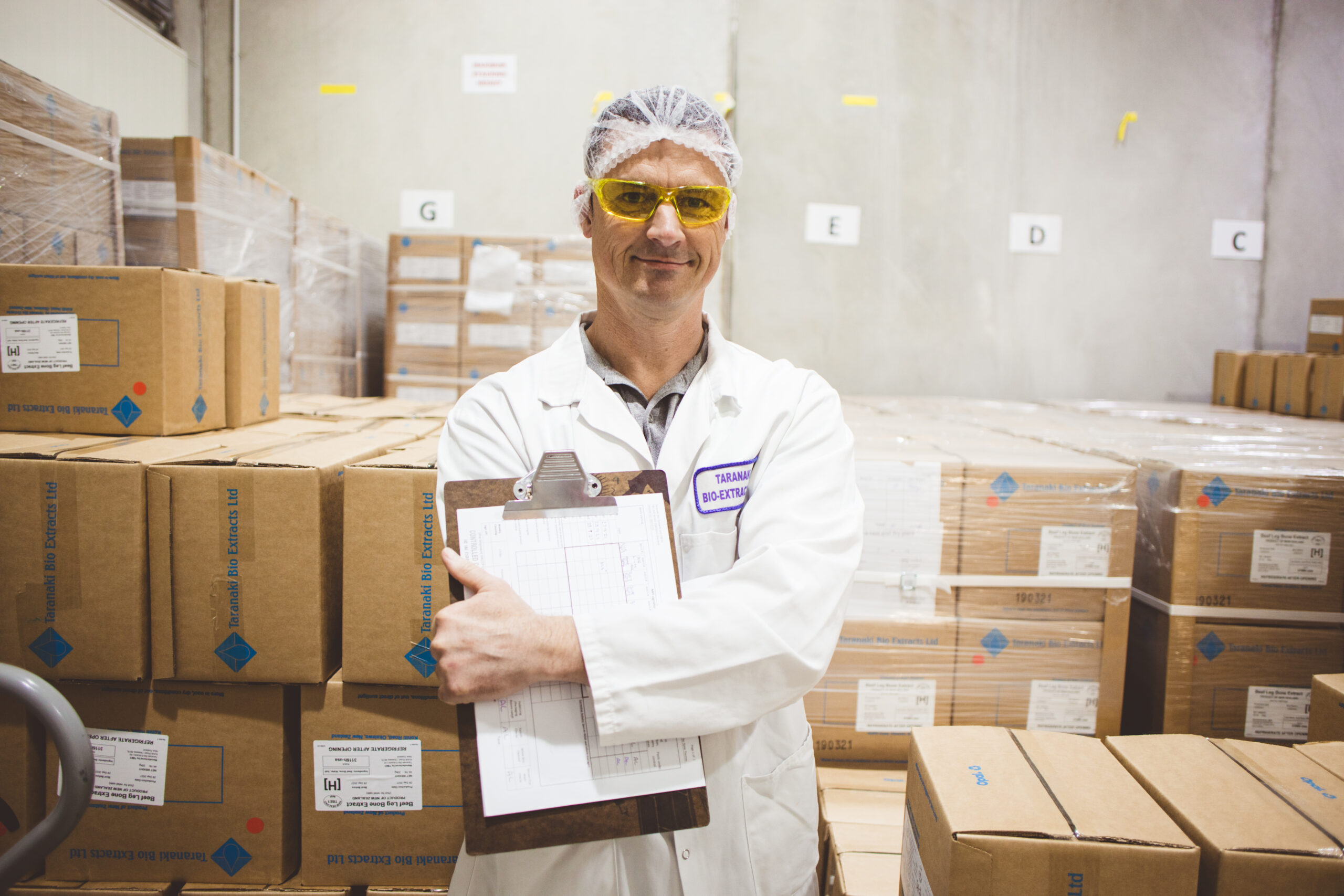We’ve chosen to align with three UN Sustainability Development Goals (UN SDG’s) that are key to our business. This means filtering our business decisions where possible to support achieving these goals. When it comes to our packaging for both domestic and export, Goal 12: Sustainable Consumption and Production guides us. We appreciate that a complete focus on packaging isn’t constructive, but that the whole supply chain should be considered – from the production process to delivery of product to our business customers. For ease of review, we’ve sectioned our supply chain and recently completed a sustainability audit on our packaging – the next few articles we post will follow our review.
We focused on our key packaging components – their origins and recyclability;
- Cardboard cases (317x 225x 280mm): These contain our 20litre ‘bag in box’ – their strength and durability is key
- Plastic 20 litre‘Bag in Box’: inner bag; 90 micrometre LLDPE blend/ outer bag; 80 micrometre HB Nylon EVOH Blend to contain our product
- Polyfoam (900mm x 1mm x 100m): Strips of this is placed between layers of frozen bags of product to eliminate bags rubbing together and leaking.
- Plastic bag liner (18 micron, 410x 340x 550mm): These fit into our cardboard cases, and hold the bag-in-box, helping if there are any product leaks.
- Bubble Wrap – Used for insulation of cold/frozen product samples.
PACKAGING CONSIDERATIONS AND MATERIAL ORIGINS
For us, any assessment of the impact of packaging on the environment needs to consider the positive benefits of food packaging. It can extend product life, maintain the positive effects of processing, and support the quality and safety of food – protecting from three main external influences; chemical, biological, and physical. It also enables the reduction of food waste across the supply chain – inadequate preservation/ storage and transportation have been cited as causes of food waste. Effective packaging reduces total waste by increasing usability.
In reviewing our packaging we decided it was important to understand their material origins, and what options our customers have for disposing of them. This would support in making more sustainable material choices across the packaging lifecycle. To do this we looked at our cardboard and plastic components separately.
CARDBOARD CASES
We’ve found that most paper-based product packaging is created in one of three ways; from virgin materials, partially recycled materials, or 100% recycled materials. Where possible it’s best to avoid using virgin materials as this translates to using fewer new resources from the outset, however this isn’t always practical.
For us, the weight considerations and transport methods for our product impact materials choice – When you’re dealing with a box that has to carry 20kg, and this is then placed on a pallet or in a container that’s actually holding about 120-160kg on top of itself, the case linings have to be strong. To make a case that is strong you need to use more than recycled fibre. Virgin paper is more durable and resistant to moisture egress due to having longer fibres, and increased lignin binding the fibres in the paper – making it typically stronger than recycled papers.
Our cases sourced from OpalANZ, use liners made from 100% virgin with the centre fluting made from 100% recycled – this creates an end product that is 36% recycled. The Liners are doing the heavy loading while the medium in the middle is simply required to hold those two papers steady.
Having to use virgin materials, we paid close attention to their source, ensuring the paper was manufactured from sustainable forests and logging operations. Opal Mills have Forest Certification (PEFC) and ISO 14001. This covers all their raw materials and the suppliers they use. It confirms you’re not sourcing wood from native forests or unethical sources, and the customer is able to trace all raw ingredients back to origin.
Our next article will review our plastic packaging components, the recyclability of all our packaging items, and some improvement options for us to consider.
Ends.
